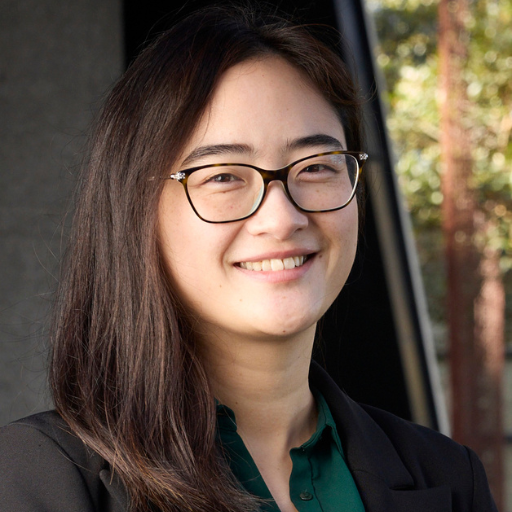Adeno-Associated Viral Gene Therapy in a Novel Mouse Model of AMD
Principal Investigator
Jayakrishna Ambati, MD
University of Kentucky Research Foundation
Lexington, KY, USA
About the Research Project
Program
Award Type
Standard
Award Amount
$100,000
Active Dates
April 01, 2004 - June 30, 2008
Grant ID
M2004030
Goals
This project uses viral gene therapy in mice to repair genetic defects that lead to AMD, such as pathology.
Summary
Progress in understanding how AMD develops and the process of developing new drug treatments has been hampered by the absence of good animal models. However, Dr. Ambati’s past research has shown that mice with a deletion of their Ccl-2 gene develop a form of ocular pathology similar to human AMD as they age. The development of early (dry) AMD, as well as late (wet) AMD in these mice, makes this model particularly attractive for scientists investigating the development of the disease and the mechanisms that mediate the progression of dry AMD to the more severe wet form. Dr. Ambati’s goal is to replace the function of the deleted Ccl-2 gene in these mice using an adeno-associated virus (AAV) as a vector. By treating one eye with active AAV therapy (which will deliver the Ccl-2 gene) and treating the other eye with a control AAV treatment, Dr. Ambati hopes to gain a better understanding of the molecular mechanisms underlying the development of AMD. These studies could also provide definitive proof that the absence of the Ccl-2 gene is directly responsible for the development of AMD in mice and will justify an investigation of potential mutations in the Ccl-2 gene in humans with AMD. This, in turn, could lead to the identification of new therapeutic strategies to prevent blindness and restore sight.
Related Grants
Macular Degeneration Research
A Novel Implantable Device to Treat Wet Macular Degeneration
Active Dates
July 01, 2025 - June 30, 2028

Principal Investigator
Charles DeBoer, MD, PhD
Current Organization
Stanford University
Macular Degeneration Research
New Drug Delivery Approach to Transform Macular Degeneration Treatment
Active Dates
July 01, 2025 - June 30, 2028

Principal Investigator
Daisy Shu, PhD
Current Organization
University of New South Wales
Macular Degeneration Research
Innovative Night Vision Tests for Age-Related Macular Degeneration
Active Dates
July 01, 2024 - June 30, 2027

Principal Investigator
Maximilian Pfau, MD
Current Organization
Institute of Molecular and Clinical Ophthalmology Basel (Switzerland)



